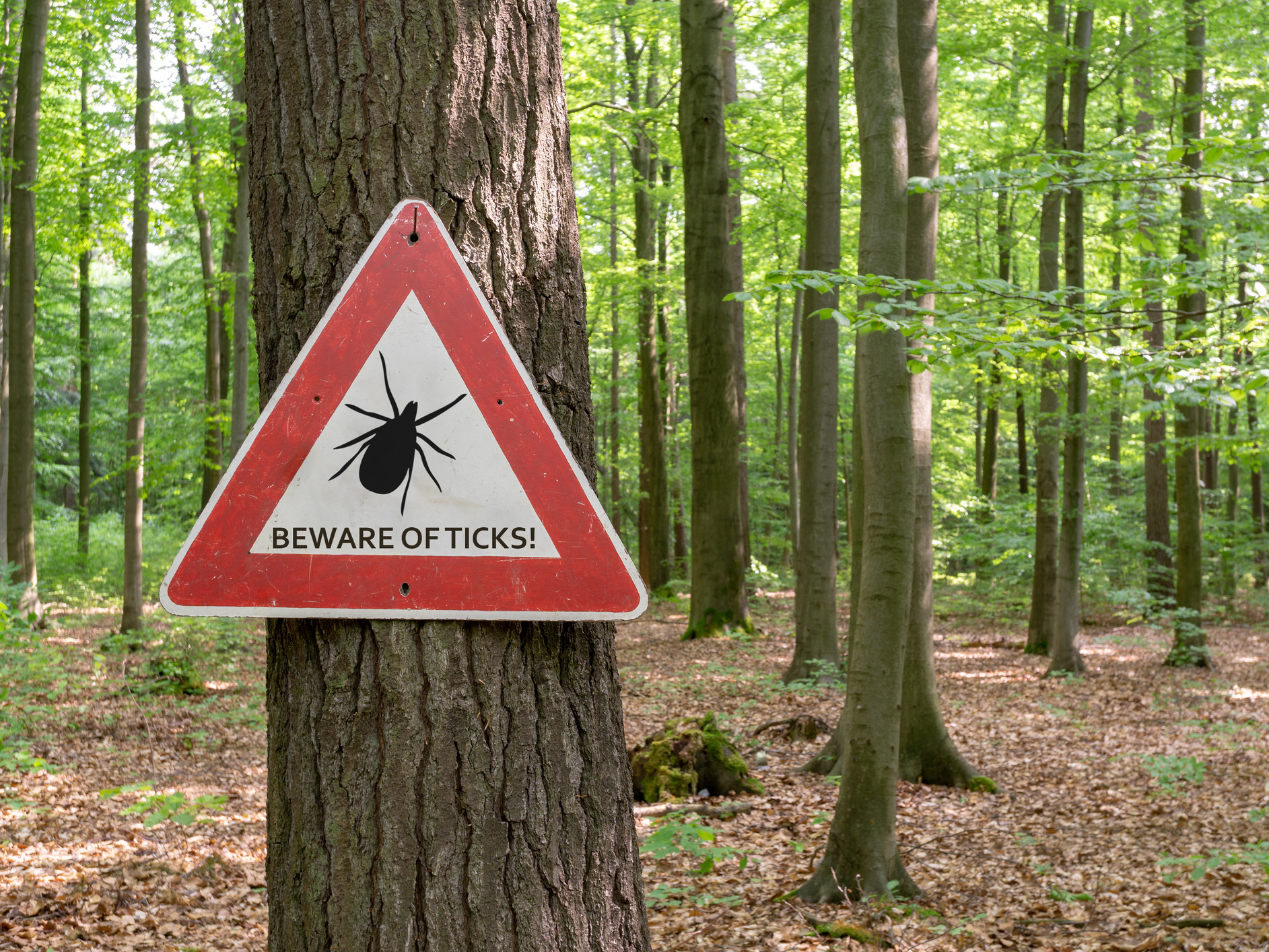Get Easy Health Digest™ in your inbox and don’t miss a thing when you subscribe today. Plus, get the free bonus report, Mother Nature’s Tips, Tricks and Remedies for Cholesterol, Blood Pressure & Blood Sugar as my way of saying welcome to the community!
Is this tick-borne virus the new Lyme disease?

Spring and summer are the time of year when we start to worry more about Lyme disease. And with good reason.
Carried by the tiny deer tick, Lyme disease can change your life forever. Its symptoms are often mistaken for the flu until the tick is found and the damage to the nervous system has already been done.
Unless Lyme is treated immediately, the debilitating symptoms that soon follow can last months, years, or even a lifetime.
These include fatigue, muscle, and joint pain, headaches, irritability, and sleeplessness, as well as constant “brain fog” and difficulty with memory or finding words.
And the deer tick is far from the only critter that can infect you with a vector-borne disease (one that’s caused by a microorganism transmitted by an insect bite, most commonly from a tick or mosquito). At least eight other tick varieties can transmit potentially fatal diseases.
So, it’s frightening indeed when yet another tick-borne disease is discovered, even if it’s halfway across the world.
A new tick-borne virus
Researchers in China have discovered a new virus they believe may be carried by a tick.
They’ve called it the “Alongshan virus,” after the town where it was first discovered.
When a 42-year-old farmer became mysteriously ill with fever, headaches, and nausea, doctors thought he’d been infected with tick-borne encephalitis virus (TBEV). But when the man tested negative for TBEV, they had to look a little deeper.
They identified a new virus that was distinct from TBEV and began examining blood samples of patients who came to the hospital with similar symptoms.
Over the following five months, 86 of those 374 patients tested positive for the Alongshan virus.
Alongshan could be headed this way
The thing about ticks and mosquitoes is that they are hard to track. They’re not like a lion, say, or even a snake, that’s native to one part of the world and not likely to travel.
Ticks and mosquitoes travel. They fly, they hitch rides on other animals, they hide out in the dirt and on plants. In other words, you never know where they’ll turn up, along with the diseases they carry.
That’s the scary part.
Researchers think that the Alongshan virus is being spread by the taiga tick, a variety native to eastern Europe and parts of Asia. But they haven’t been able to prove this conclusively or to rule out that the virus is being spread by mosquitoes as well.
The Jingeman tick virus, first discovered in 2014, is closely related to the Alongshan virus. It is carried by the Asian longhorned tick.
The longhorn tick showed up in the United States about two years ago. So far, it has killed only animals but is known to feed on humans as well.
Laura Goodman is an assistant research professor at Cornell University’s College of Veterinary Medicine. She says that, even with the recent research, there are still a lot of unanswered questions.
Namely, which creatures are able to transmit these diseases to people, and which insects carry which diseases?
“Until we can really know the answer to that question, we can’t fully confirm the potential geographic range” of a virus.
In other words, the best plan is to do everything you can to protect yourself from ticks and mosquitoes.
What you can do to protect yourself
Luckily, there are steps you can take to keep yourself from being bitten by ticks and mosquitoes this season.
Take a look at The little bug causing a big scary meat allergy, as well as Urgent: The newest deadly tick danger, both by my colleague Jenny Smiechowski, for a comprehensive guide on how to protect yourself and still be able to enjoy the great outdoors this summer.
Sources:
- New Virus Infecting People in China, and Ticks May Be the Culprit — Live Science
- The Painful, Debilitating, Long-Term Effects of Lyme Disease — Healthline
- New tick species spreading in the US — Medical Xpress













